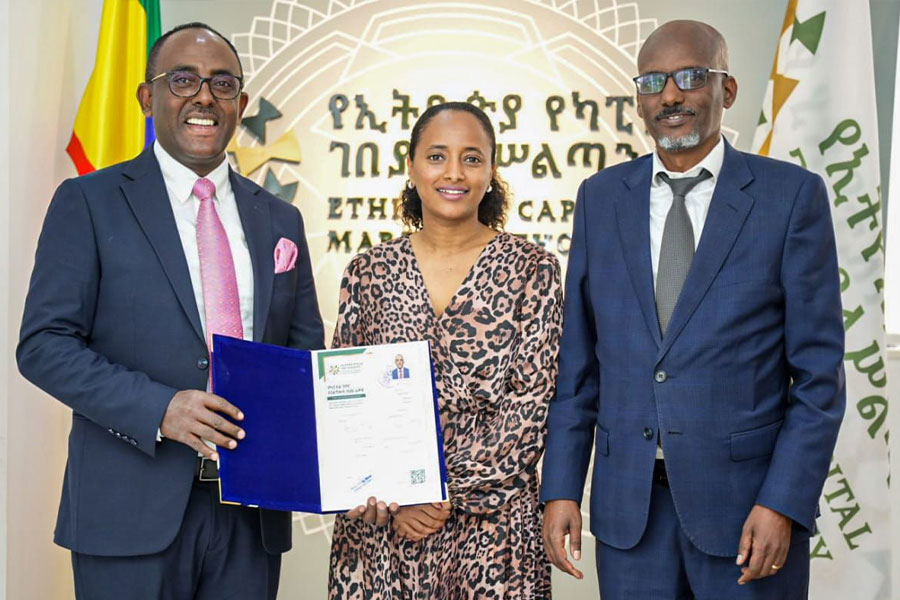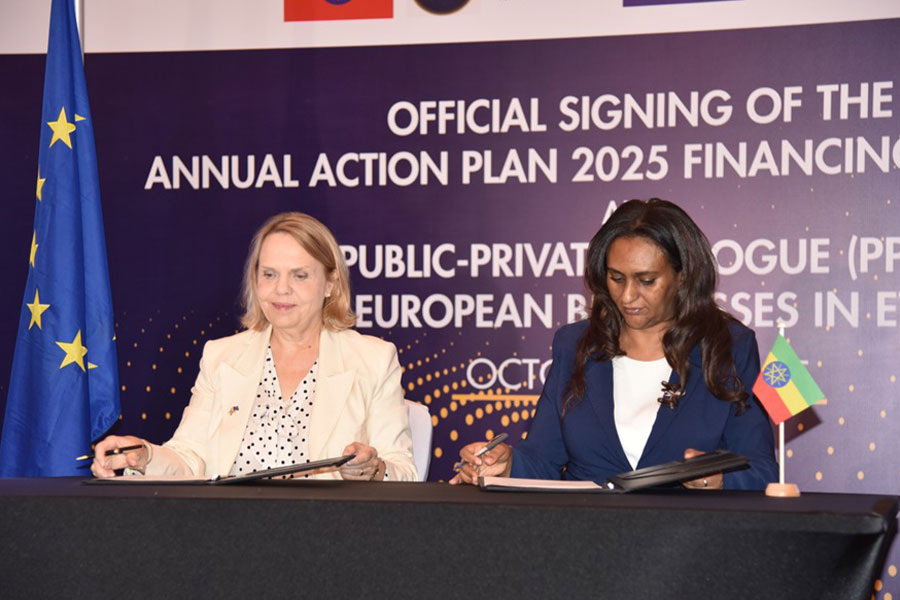

Ministry has signed a €90 million finance agreement with the European Union (EU) under the Annual Action Plan (AAP) 2025, marking a renewed phase of cooperation. The deal was signed last week in Addis Abeba by Semereta Sewasew, state minister for Finance, and Sofie From-Emmesberger, the EU ambassador to Ethiopia. According to Semereta, the funding will go toward strengthening land governance, advancing nature conservation, empowering women, and supporting migrant integration. She said the agreement reflects Ethiopia’s ongoing economic reforms and post-conflict reconstruction priorities. Ambassador From-Emmesberger noted that the plan aligns with the Home-Grown Economic Reform Agenda and supports the EU’s Global Gateway Strategy, designed to deepen economic ties and promote sustainable growth.
[ssba-buttons]